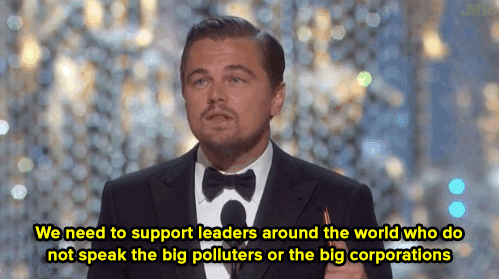You know that whole wheat bread is better for your body, but what about for the environment?
The food production industry is a huge user of U.S. energy, consuming approximately 10 percent of the energy budget. The energy waste that occurs with any type of food production and processing is staggering: it takes 10 units of fossil fuel to produce only 1 unit of food energy, even under the best of conditions.

GIF courtesy of giphy.com
The extra processing that white bread undergoes has been the prime reason doctors and foodies alike have emphasized the importance of choosing its whole wheat cousin; environmentalists back the choice for a different reason.
Flour has to be refined and altered to make white bread and thus spends more time in production, wasting more energy in an already wasteful process. It’s simple math: the longer a food item is processed, the more energy and resources are used, resulting in a bigger environmental impact.

GIF courtesy of giphy.com
Ever considered the environmental impact of what occurs during production? It’s common knowledge that white bread is often bleached to take away the whole wheat look. Potassium bromate, benzoyl peroxide, and chlorine dioxide gas are the typical agents used for bleaching and have side effects that are both health and environment-threatening.
Potassium bromate has been linked to renal carcinogens and toxicity; benzoyl peroxide is an irritant capable of killing small animals; chlorine dioxide is a pesticide which can be hazardous to the environment.

GIF courtesy of giphy.com
We have a finite amount of land, fresh water, energy, and natural resources. Want to save yourself from ingesting small amounts of poisonous substances and save the environment at the same time? Eat your grilled cheese on whole wheat.

Photo by Sarah Yanofsky

